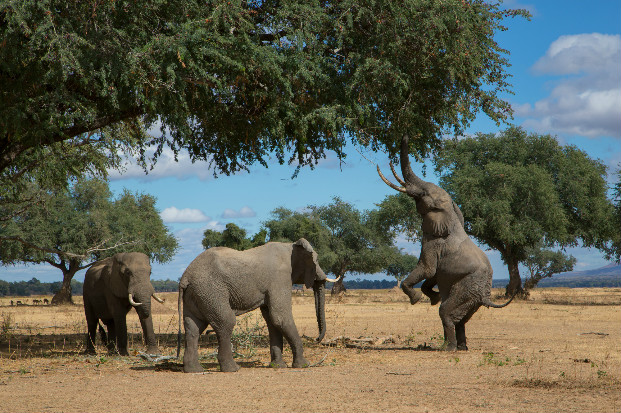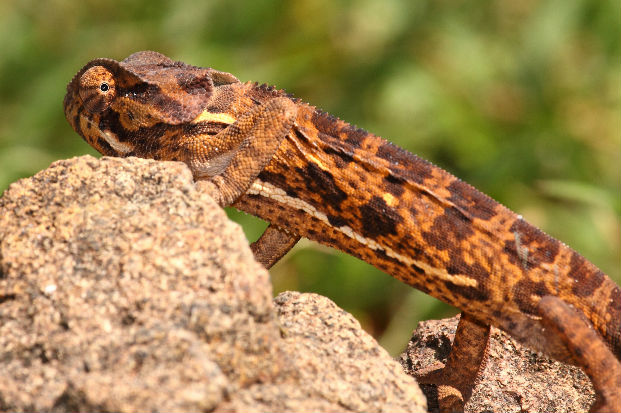
The majority of people refer to different species of animals, plants and other living organisms by their common name. Whilst this can lead to confusion it can be simpler than learning the sometimes long scientific name. Common names originate in many different ways. The name may be descriptive and therefore obvious, it could actually be descriptive but with Greek or Latin origins. Some names may actually be a result of a misunderstanding.
Vote for the fact you find most fascinating
The bat-eared fox is named from its 13cm tall ears which are shaped like bat wings.
Hippopotamus is derived from the Ancient Greek word for “River Horse”.
The puff adder gets its name due to an explosion of air that it emits from its mouth when threatened. This is effectively a warning shot not to come any closer.
The word chameleon is derived from the Greek, khamai, meaning “on the ground” or “dwarf” and leon meaning “lion”. Chameleon therefore translates as “dwarf lion”. This is said to be due to its ferocious behaviour.
It is thought that the white rhino is so named because English speaking settlers misinterpreted the Dutch name of the animal. They thought people meant “white” when they were actually saying “wiyd” in reference to the wide mouth of the animal.
The name bateleur is derived from the old French word for tumbler or acrobat owing to the birds “tight-rope walking” appearance as its tips from side to side in flight.
The word elephant is derived from the Greek word, elaph, meaning ivory.
The word pangolin originates from the Malay word “pengguling”, which means “something that rolls up”. This is in reference to how the pangolin will roll itself up into a tight ball as a form of defence.






